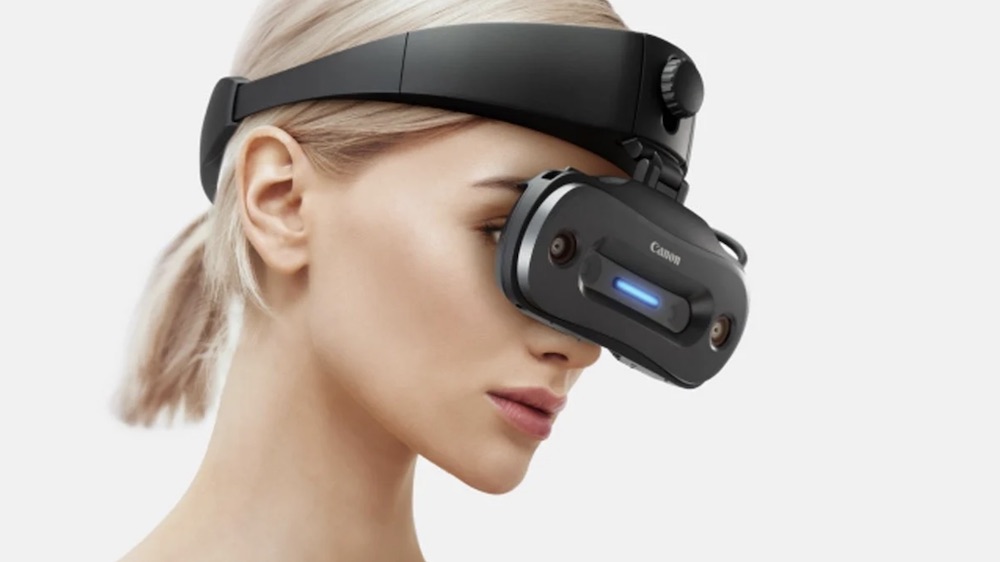Unlike Oculus ‘ first standalone viewfinder, the new Quest, which includes a more powerful chip, will leave passive dissipation aside.
One of the most common problems of autonomous viewers and housing type (Gear VR) is that they tend to heat up more than usual than a desktop viewer, given that they not only have the screens inside, but also with all the architecture necessary for the execution of the contents. Oculus Quest going to bet on the active cooling (with an internal fan) to try to avoid overheating when using the device, said Sean Liu (Head of Hardware Product Management at Oculus) in an interview with UploadVR. A move that moves away from the passive action of his first autonomous Go, which had only the heatsink to try to cool the viewfinder.
“We’ve designed the thermal dissipation in this device (Oculus Quest) differently, it actually uses active cooling with a fan inside, unlike Go, which is all passive,” says Liu.
As for the fan sound, UploadVR says that in their test on the Oculus Connect they didn’t hear the noise or notice the device heating up, so it seems to be working properly.
Liu also points out in the interview that the battery life is not yet defined and that they will have to wait until next year, when the most advanced launch titles are available, to really test their autonomy.
Quest will arrive in spring 2019 with 1440×1600 OLED displays at 72 Hz, 64 GB of internal memory (they may announce a version with more capacity), the same lenses as Go and the Snapdragon 835 architecture.









